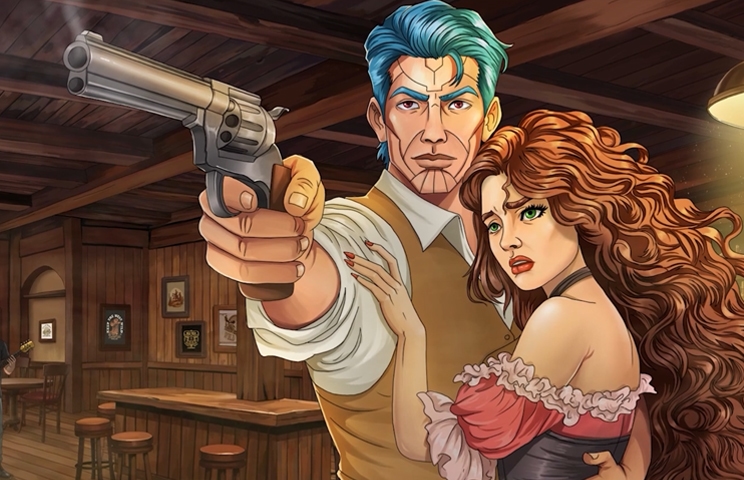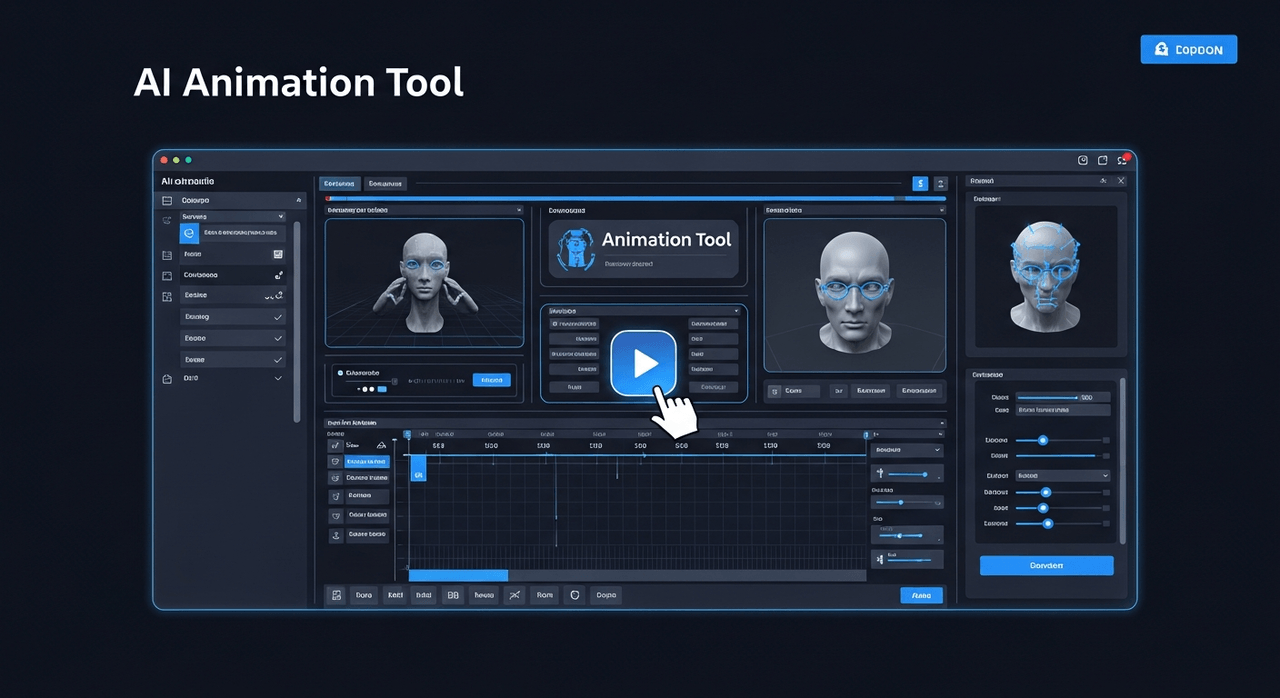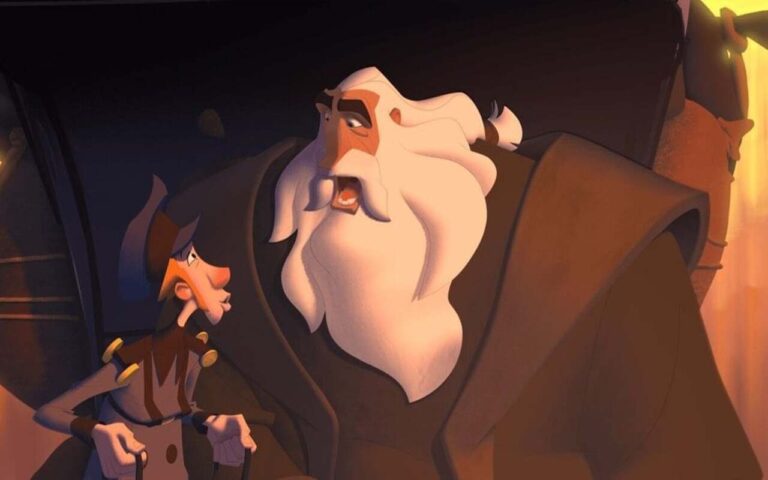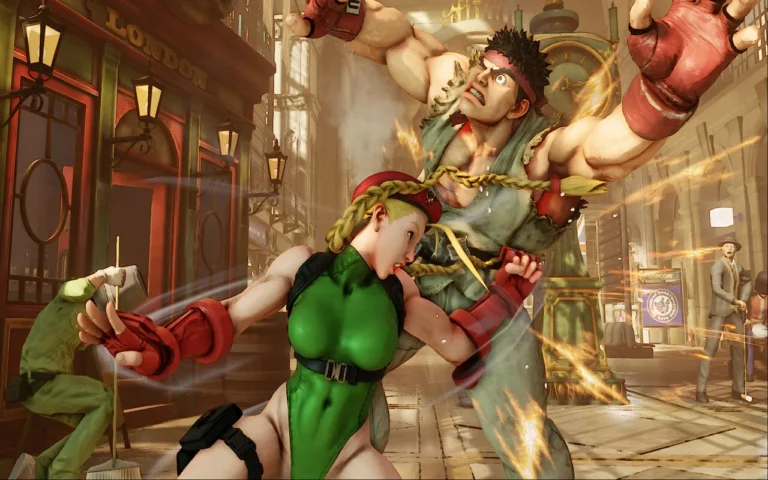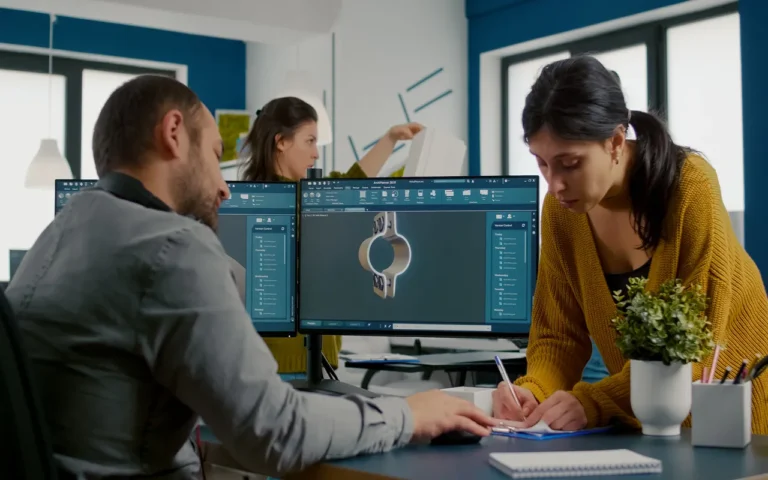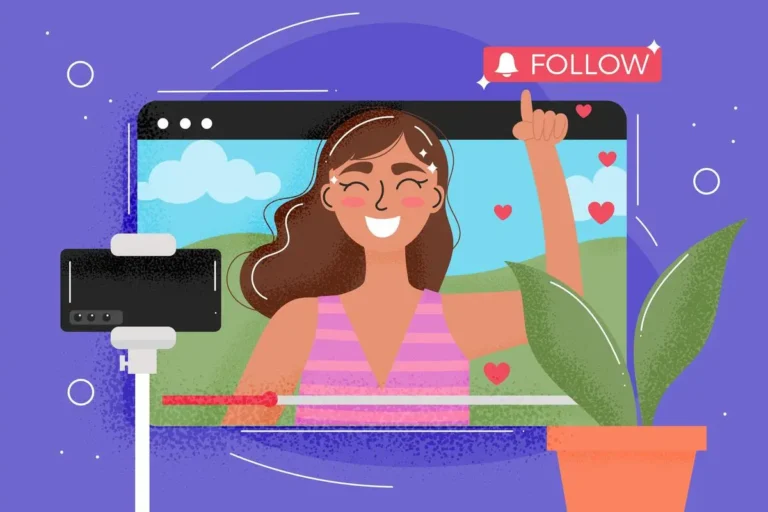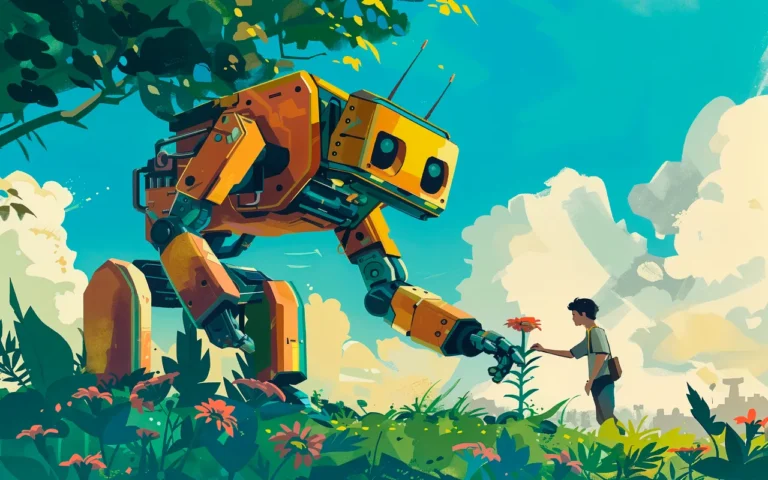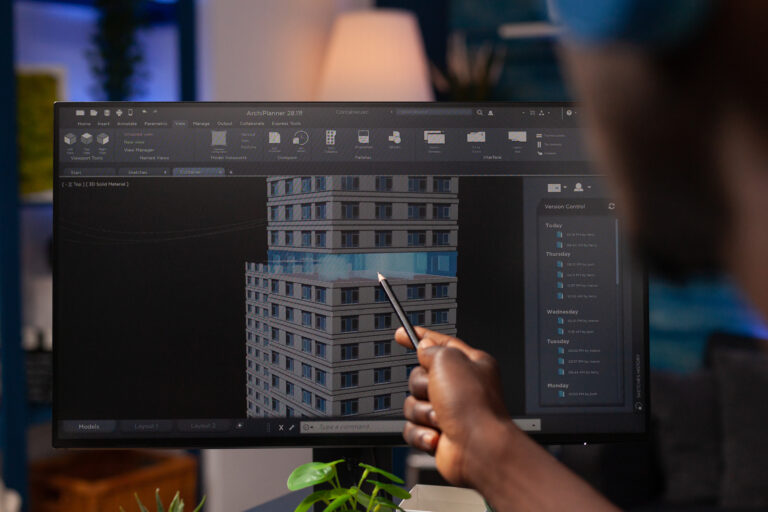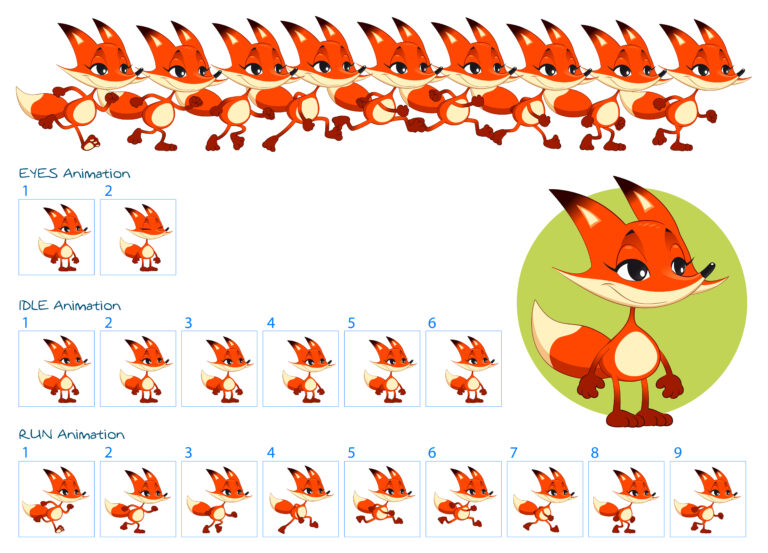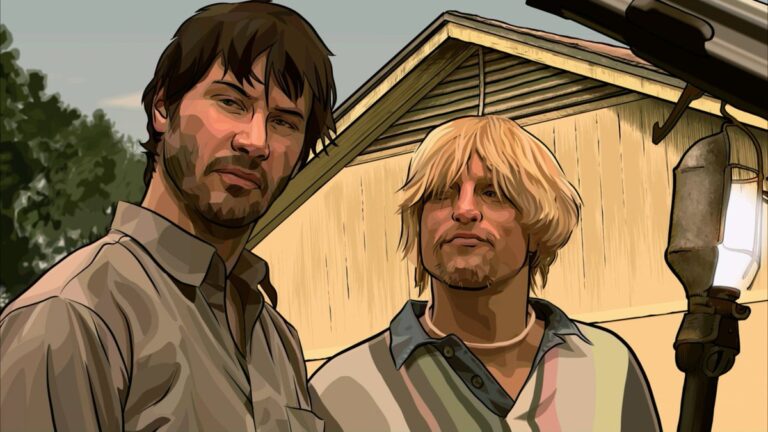Animation is changing the way we teach and learn; it’s not just another tech trend in schools. Whether it’s making algebra more approachable or transforming history into an exciting adventure, animation has a way of capturing kids’ interest and keeping it throughout the lesson.
In addition, there are some problems to solve, but the end result is well worth it. Teachers who use animation see their students come alive with understanding, pay more attention in class, and remember what they’ve learned. What’s the best? All teachers can start using animation in the classroom right away since there are so many free tools and materials out there.

Need Animation Services?
Visit our Animation Service page to see how we can help bring your ideas to life!
What is the Educational Benefits of Animation?
Animations are great for schools because they get kids really excited about learning. You can see students sit up and pay attention when teachers play animated movies. This really does work, as shown by a cool study from 2024. Students who watched cartoon lessons scored 56.80% on tests of their attention, but students who were taught the traditional way only scored 45.41. That’s a huge jump! Students simply remember more information when graphics are dynamic and animated.
What’s cool is that animation helps students remember things a lot better. They don’t just read words; they see thoughts come to life in front of their eyes. Animation is ideal for challenging topics because it helps simplify complex concepts. Students are no longer just remembering; they understand what they’re learning, which makes a huge difference in how well they remember everything.
The best part? When animation is involved, students want to learn. The study backs it up: when lessons were animated, student enthusiasm went up to 32.60, but when lessons were taught normally, it only went up to 26.59. That’s a big deal!
Read More: Benefits of Animation for Kids
What Are the Applications of Animation in Education?
Here’s a clear breakdown of how animation services make education awesome:
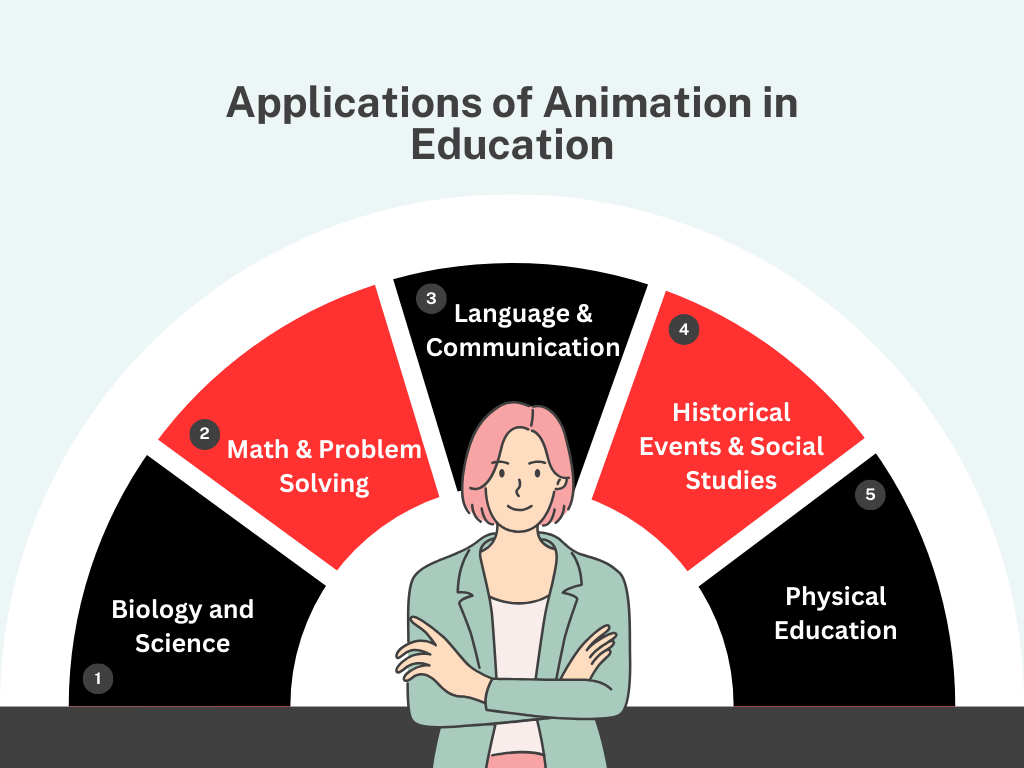
1- Biology and Science
Animations break down hard science into fun little chunks. When students watch cell division or chemical processes happen on TV, they actually pay attention.
- Use 3D molecule spinners for chemistry concepts
- Keep science animations super short and snappy
- Mix animations with real lab work for double the fun
2- Math & Problem Solving
Math is a lot less scary when you add motion to it. Watching problems get broken down step by step gives students more confidence.
Smart Moves:
- Break up hard tasks into short sets of animation
- Draw attention to important steps with bright colours.
- Put in breaks for practice time
- Give more than one way to resolve each issue.
3- Language & Communication
When animation is used, words become more vivid, and seeing new languages in us helps students learn them more quickly.
Tips for Winning:
- Short clips of pronunciations with play buttons
- Speech pattern images that show how the mouth moves
- Picture books that teach new words
4- Historical Events & Social Studies
The best approach is to:
- Create quick timeline animations
- Mix real footage with animated explainers
- Show cause and effect with split screens
- Bring historical figures to life
5- Physical Education
Winning moves include:
- Slow-motion breakdowns of moves
- Compare right vs wrong technique
- Show movements from all angles
- Focus on small details
Case Studies: Successful Use of Animation in Education
Khan Academy rocks with its cool whiteboard videos that make math super easy to grasp. Crash Course brings history to life with fun animations that’ll keep you hooked. TED-Ed creates these beautiful animated videos that make science click in your brain. Duolingo turns learning languages into a fun game with its cute mascot and rewards that’ll make you want to keep learning.
And BrainPOP? Their robot buddy Moby helps break down tough topics across different subjects in a way that just makes sense. These platforms are crushing it when it comes to making learning feel less intimidating and way more enjoyable!
Let’s see who uses animation, and they did it to get it more clear:
Check out their amazing work here: Khan Academy Math Animations
Dive into their content here: Crash Course History Series
See their awesome explainers here: TED-Ed Science Animations
Start your journey here: Duolingo.
Check out their library here: BrainPOP
Read More: How to Create Engaging Animations for Kids?
What Are the Challenges of Using Animation in Education?
Even though kid’s animation services can make learning fun and interesting, it can be hard for teachers to use these moving tools in their daily lessons. Let’s look at these challenges and the ways to solve them.
1. The Game of Money
It takes a lot of money to make good teaching videos. Schools often have small budgets, which makes it hard for them to buy good animation material. It costs a lot to buy tools, software, and skilled artists.
Ways to fix things:
- Start with these three free drawing tools: You can use Powtoon, Renderforest, or Animaker.
- Don’t build a library all at once; do it over four school terms.
- Provide basic animation training to two to three teachers for internal content.
- Share animated tools with five other schools.
- Follow the “8-minute rule”: Keep costs low by making short cartoons.
Read More: 2D vs. 3D Animation Cost
2- Tech Troubles
Tech isn’t always cool in every classroom. If you have slow internet, old computers, or none at all, these problems can make your tech dreams of animation come true.
Methods that are smart:
- Get 10 key animations to use when you’re not online.
- Set up six “animation stations” that move from class to class.
- Reduce file sizes to less than 50 MB to ensure seamless playing.
- Set up 3 ways to back up: Cloud files, USB drives, and a nearby computer
- Always have two low-tech options on hand in case of a tech emergency.
3. Lack of Time for Teachers
Teachers already have a lot on their plates. Animation production and execution might seem like too much to handle for them.
- Ways to save time:
- Set aside two hours a week to plan your animation.
- Create a daily 15-minute drawing practice.
- Make four repeatable animation frames.
- Split the work between three to four department heads.
- Use seven ready-made animation tools from places you can trust.
4. Checking for quality
Not every teaching video is the same! Some don’t meet the learning goals or are too boring for the students.
Boosters for quality:
- Follow the five-point plan for quality: Clear, interesting, correct, proper for age, and interactive
- Work with six students to test animation before the whole class uses them.
- Find out what three other teachers think.
- Check the content every four months for changes.
- Stick to animations that are no longer than 10 minutes.
5. Getting students involved
Great cartoons won’t work if students don’t connect with them. With eyes on screens and mind working, it’s hard to stay focused.
Take these tips:
- Include three points of interaction in every animation.
- Add four quick tests of your skills
- Make two follow-up tasks for each video.
- Add five different kinds of animation
- Plan eight times to talk about each cartoon.
Conclusion
Don’t think that animation is only for making your lessons look cool. Worldwide, animation is changing the way schools work by getting students more involved and breaking down the hardest ideas. You might run into problems along the way, like not having enough money, tech issues, or time, but don’t let that stop you. There is a way to solve every problem, and every little victory is important.
